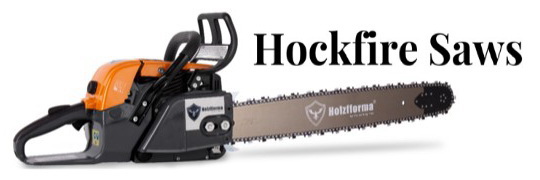Ketchup
Epoxy member
- Local time
- 7:46 PM
- User ID
- 5594
- Joined
- Mar 12, 2018
- Messages
- 2,433
- Reaction score
- 8,091
- Location
- Colorado
Higher intake makes more vacuum in the crankcase before the piston open the intake, espesially if the crankshaft have stuffers.
I don’t see that as a bad thing. Do you? How much do you think the stuffers increase vaccum?








